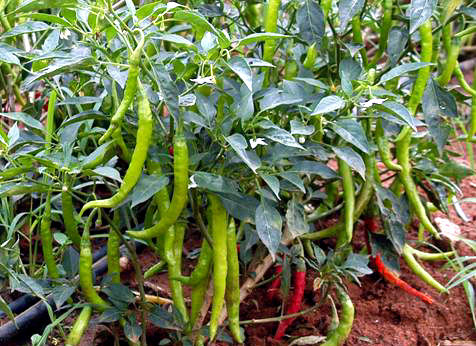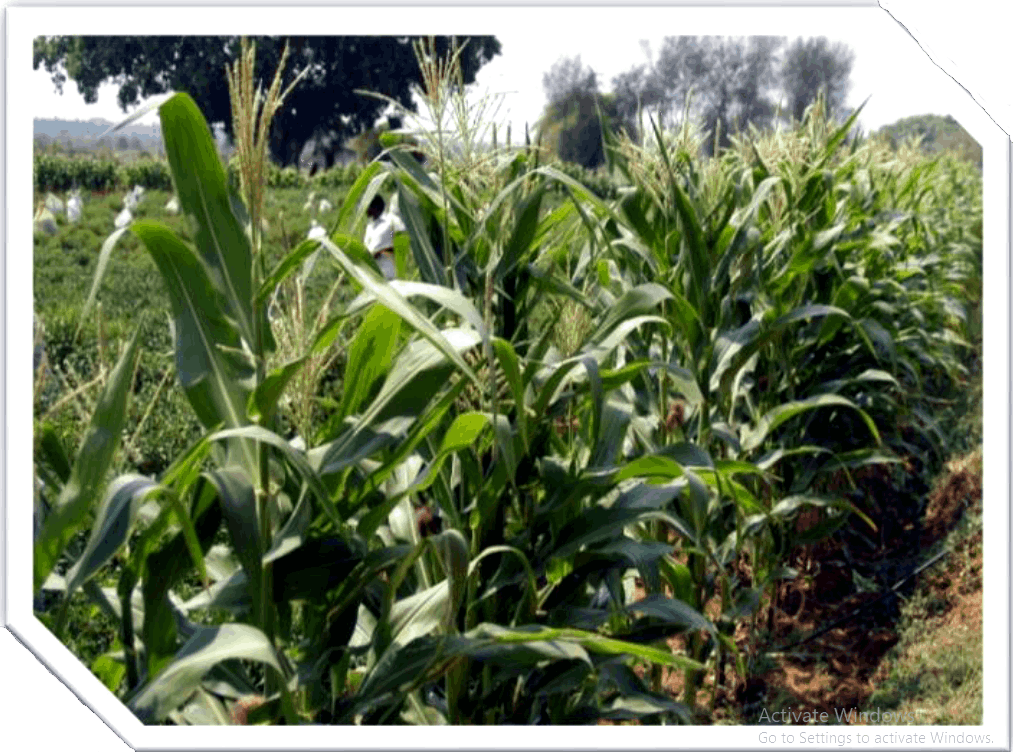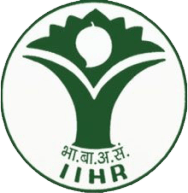
Crop Production
Chilli
Chilli, the hot pepper is one of the most valuable commercial crops grown in India and belongs to the family Solanaceae. Due to its long history of cultivation, out-crossing nature and popularity of the crop, large genetic diversity including local landraces have been evolved in India. Major types, viz., pickle or stuff type chilli in eastern U.P., squash and byadagi types in Dharwad district of Karnataka, mundu types in Tamilnadu, sannam chilli in Guntur district and tomato chilli in Warangal district of Andhra Pradesh are popular
Soil and Climate:
The chilli crop is raised extensively in black cotton soils under rain fed situations and in red sandy soils under irrigations. Chilli crop raised for ripe dry chilli purpose is mainly concentrated in black cotton soils of Karnataka, Maharashtra, Andhra Pradesh and Tamil Nadu. Optimum soil pH for chilli crop is 6 to 6.5.The chilli crop is most sensitive to water logging. It can with stand drought better than water logging. Rainfed chilli crop matures late when grown in black cotton soils because of moisture stress created in light soils. Quality of fruits is better in light soils than in heavy soils. Saline and sodic soils hinder crop and fruit development. A frost free period of 4 months with maximum temperature of 350C and minimum temperature not below 100C is optimum for raising chilli crop. Chilli crop for ripe dry fruits is extensively raised in Kharif season (June-October); however for green fruits, chilli crop is raised throughout the year in India.

